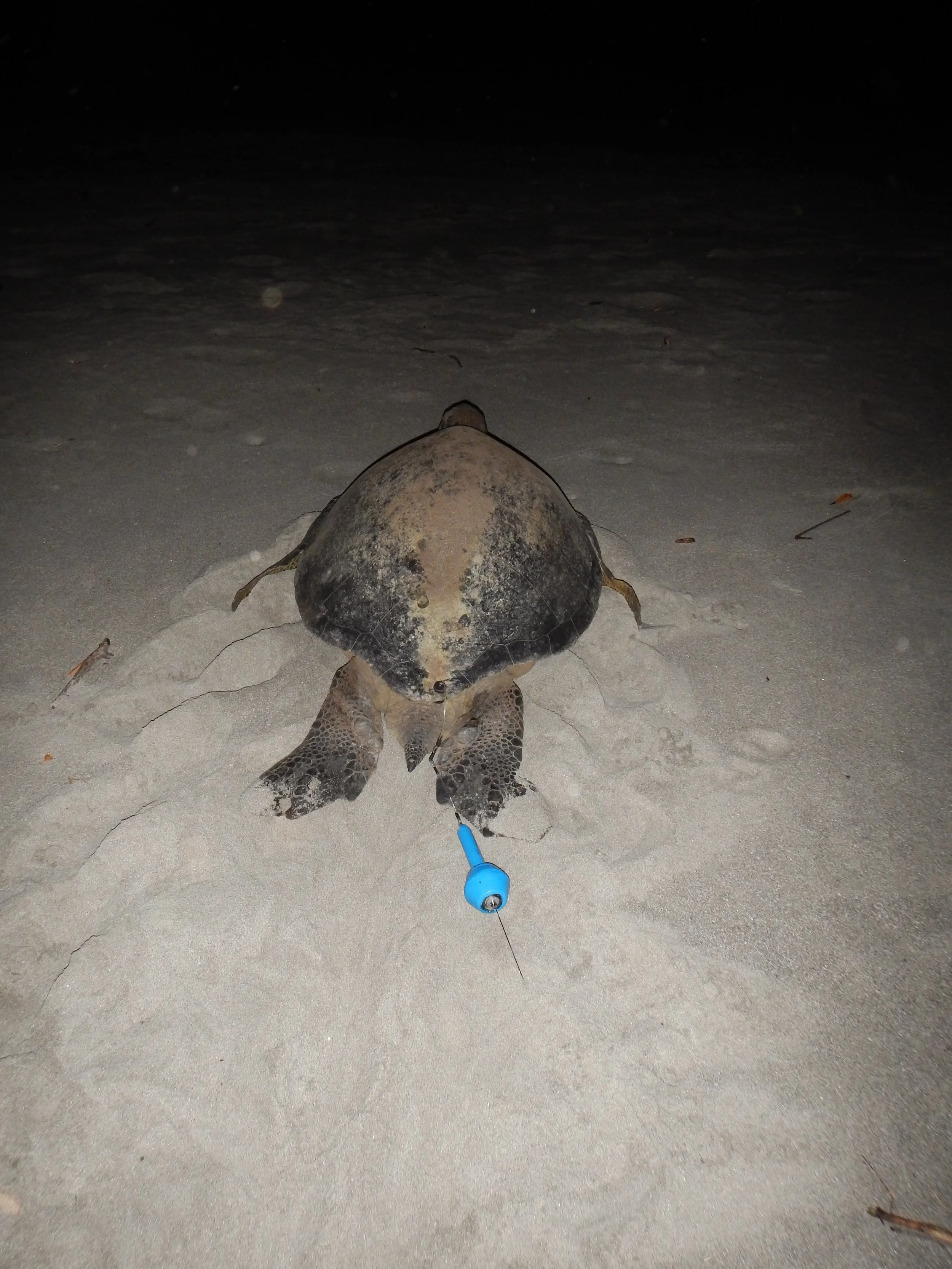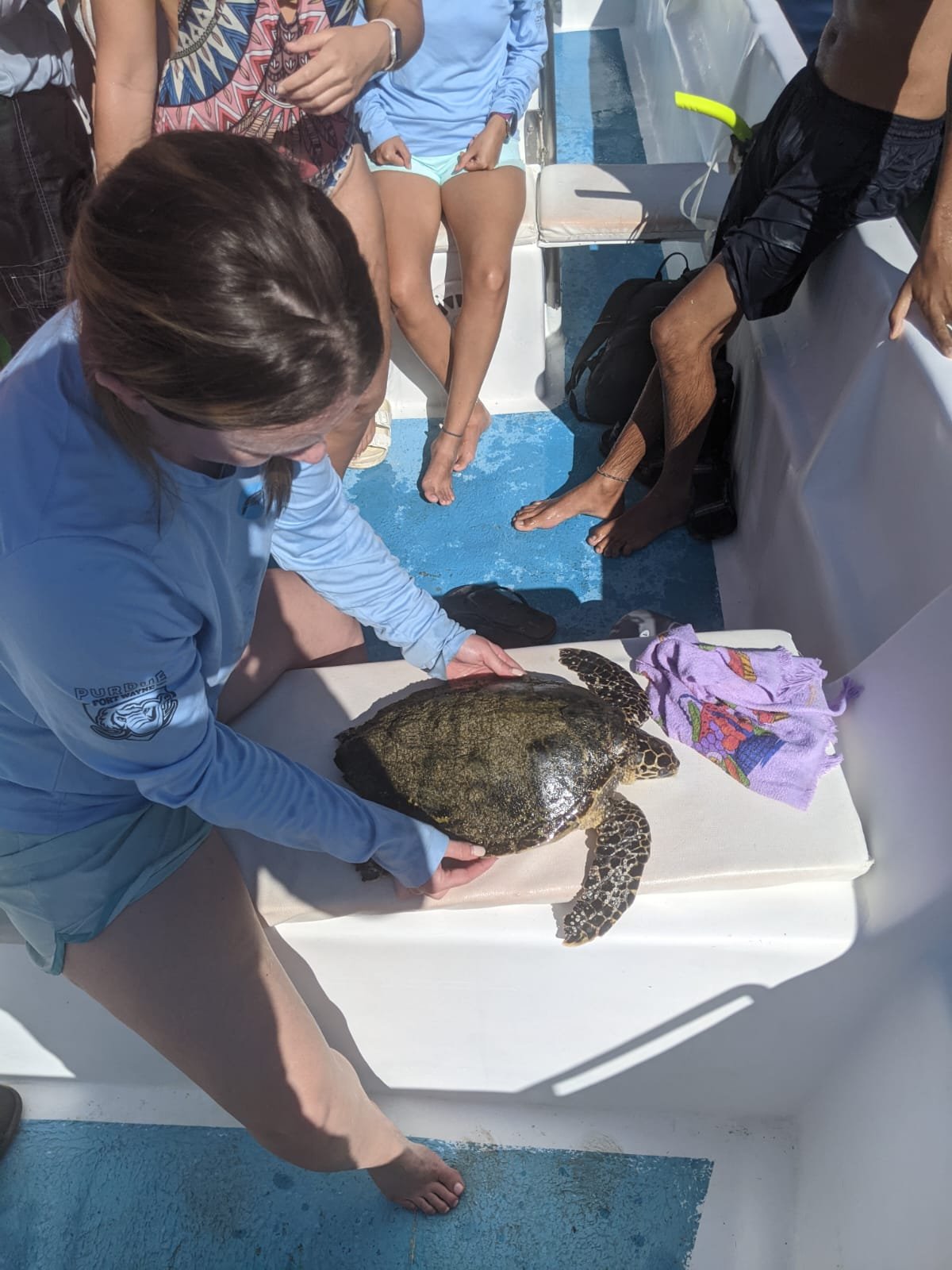Satellite Tags for Sea Turtle Research (with a special focus on Leatherback Turtles)
I was compiling a list of available options for satellite tracking in sea turtles and since it was written, I figured I would share it and someone else might find it helpful
Leading Manufacturers & Flagship Tag Models
Wildlife Computers
A top choice for marine biologists, Wildlife Computers offers a diverse lineup optimized for hard-shelled and leatherback turtles.
SPLASH10 Series (e.g., 323, 344, 385, 427)
Designed for leatherbacks and hard-shell turtles, these multi-sensor tags integrate:Argos Doppler tracking
Optional Fastloc® GPS
Dive behavior, temperature, and activity sensors
Tethered attachment to the trailing edge of the shell
🔗 Leatherback use | Hard-shell useSPOT Tags (e.g., SPOT-287, 375, 387, 395)
Lightweight and widely used on hard-shelled turtles. SPOT tags:Transmit via Argos
Are surface-activated
Mount with epoxy to the carapace apex
A leatherback-compatible version exists
🔗 More info
Sirtrack (Lotek NZ Ltd.)
A legacy provider in marine telemetry, now under Lotek.
Kiwisat 202 PTT and newer FastGPS models
Widely cited in scientific literature
Mount with adhesive to the apex of hard-shell turtle carapaces
Not intended for leatherbacks
🔗 Lotek product line
Telonics, Inc.
Known for rugged and field-proven GPS and Argos tags.
Argos/GPS PTT series
Suitable for hard-shelled turtles
Direct-mount via epoxy to carapace
🔗 Telonics marine tags
Other Tag Developers & Integrators
Company | Key Technologies | Sea Turtle Compatibility
Microwave Telemetry.
-Developed first pop-up satellite archival tags;
-✅ Leatherbacks via tether
Cellular Tracking Technologies.
-GPS/Argos carapace-mounted devices.
-✅ Hard-shell only
Biologging Solutions.
-Non-positional and satellite-enabled loggers.
-🟡 Early-stage for turtles
Sea Mammal Research Unit
-SRDL tags used on seals, sharks, and turtles.
-✅ Hard-shell compatible
Arribada Initiative.
-Open-source, modular, low-cost hardware.
-🟡 Experimental/developer-led
Desert Star.
-Tethered & solar-powered transmitters.
-❌ Solar models unreliable in field trials
Innovasea.
-Focused on acoustic/VPS telemetry (not satellite).
-❌ Not suitable for sea turtles
ES-PAS.
-Argos/GPS/GLONASS; limited global visibility.
-🟡 Russian-made; little Western field use
Sextant Technology / SparkFun.
-R&D and prototyping support.
-❌ No off-the-shelf turtle tags
Attachment Methods by Species
Hard-shell (e.g., green, loggerhead, hawksbill).
-Carapace-mounted via epoxy or fiberglass base
Leatherback.
-Tethered tags or harness systems; adhered to ridges on shell
Note: Leatherbacks are strong swimmers and capable of carrying heavier tags, but hydrodynamic drag remains a key consideration. SPLASH10 tags are favored for their streamlined design.
Tag Selection Considerations
Objective. Recommended Tag Features
Basic migration paths Argos-only tags (e.g., SPOT series)
High-resolution locations Fastloc® GPS + Argos (e.g., SPLASH10, Kiwisat FastGPS)
Dive & behavior data Tags with depth, temp, and accelerometer sensors
Cost-sensitive deployments Consider modular or open-source developers like Arribada
Scientific Insights
While multiple attachment strategies have been tested on leatherbacks, most comparative studies focus on harnesses and epoxy mounts. Tethered tags show promise in minimizing drag and tissue impacts but remain less well documented in peer-reviewed literature.
For example, Jones et al. (2018) found that harness-mounted tags caused minor but observable skin indentations on leatherbacks. Long-term effects were minimal, though the study did not compare to tethered tag outcomes.
🔗 Animal Biotelemetry
Final Thoughts
When selecting a satellite transmitter for marine turtle research, trade-offs between resolution, tag profile, budget, and animal welfare must be carefully considered. Wildlife Computers remains the gold standard for multi-sensor deployments, while newer, open-source developers are lowering barriers for custom and budget-conscious tagging projects.
Whether you are building a long-term movement ecology study or piloting a conservation-tech partnership, this landscape is evolving rapidly—and worth watching.


